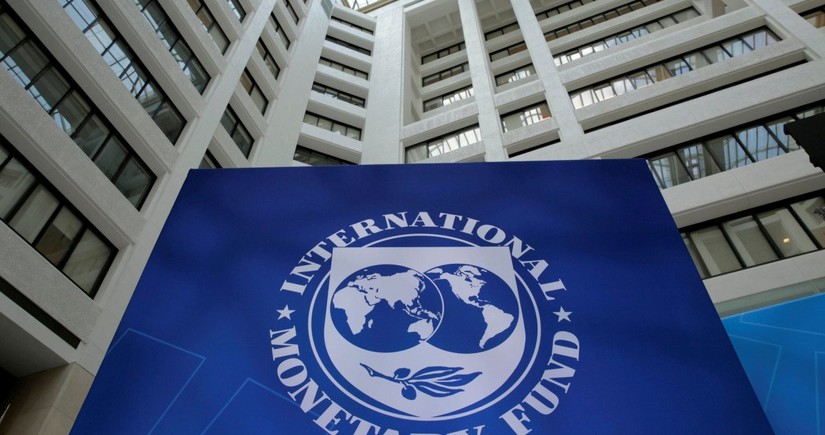IMF expects Azerbaijan's external public debt to decrease to 6.6% of GDP by 2030-end
- 01 May, 2025
- 12:54

According to the forecasts of the International Monetary Fund (IMF), in 2025, Azerbaijan's total gross external debt will amount to 7.9% of GDP, Report informs via the IMF.
This figure is expected to decrease to 7.8% next year, and to 6.6% of GDP in 2030. According to the forecast, this year the total public and publicly guaranteed debt of Azerbaijan will amount to 27.6% of GDP against the previously forecasted 28% of GDP, in 2026 the level of public debt will reach 28.6% of GDP (previously - 28.9%), in 2027 - 28.9% (previously - 29%), in 2028 - 29.1% (unchanged), in 2029 - 29.6% of GDP (previously - 29.3%), and in 2030 it will amount to 29.4% of GDP (previously not forecast).
If only public debt is considered without taking into account government guarantees, its share in GDP will also remain stable in the forecast period: in 2025 - 21% of GDP (previously - 21.4%), in 2026 - 22.2% (previously - 22.4%), in 2027 - 22.7% (unchanged), in 2028 - 23.1% (unchanged), in 2029 - 23.8% (previously - 23.5%), and in 2030 it will remain at the same level - 23.8% (previously not forecast).
According to the IMF, in 2024, the total public and publicly guaranteed debt amounted to 27.6% of GDP.
According to the forecasts of the Ministry of Finance of Azerbaijan, by the end of 2025, the total amount of Azerbaijan's public debt (external and internal) will reach $17.061 billion (22.2% of GDP), and by 2026 it will grow to $19.235 billion (20.1% of the projected GDP). According to official statistics, as of April 1, 2025, the total volume of Azerbaijan's public debt amounted to $15.663 billion.
Of this, external debt accounts for $5.075 billion, which corresponds to 6.6% of GDP, and internal debt - $10.588 billion or 13.8% of GDP. The distribution of external debt by maturity is as follows: 49.9% is due within the next 5 years, 44.2% - in the period from 5 to 10 years, 5.9% - for long-term obligations over 10 years.
By creditor, 63.3% of external debt is owed to multilateral financial institutions, 27% - to Eurobonds placed on external markets, 9.7% - to loans from bilateral financial institutions. The largest creditors are the Asian Development Bank (35.1%), followed by holders of Eurobonds (27%) and the World Bank (15.8%).
